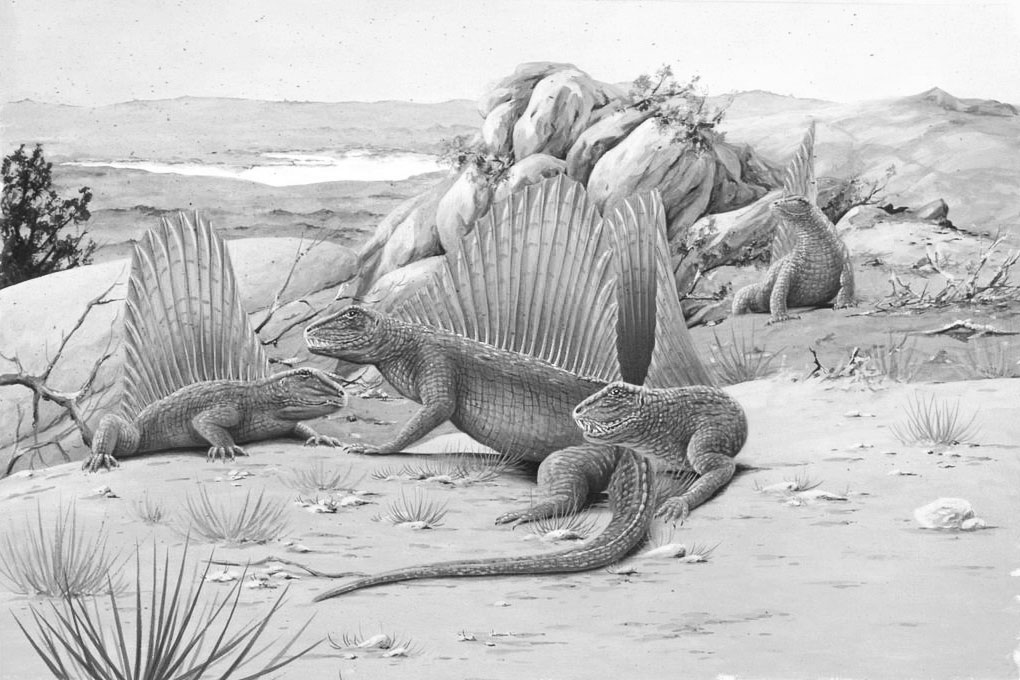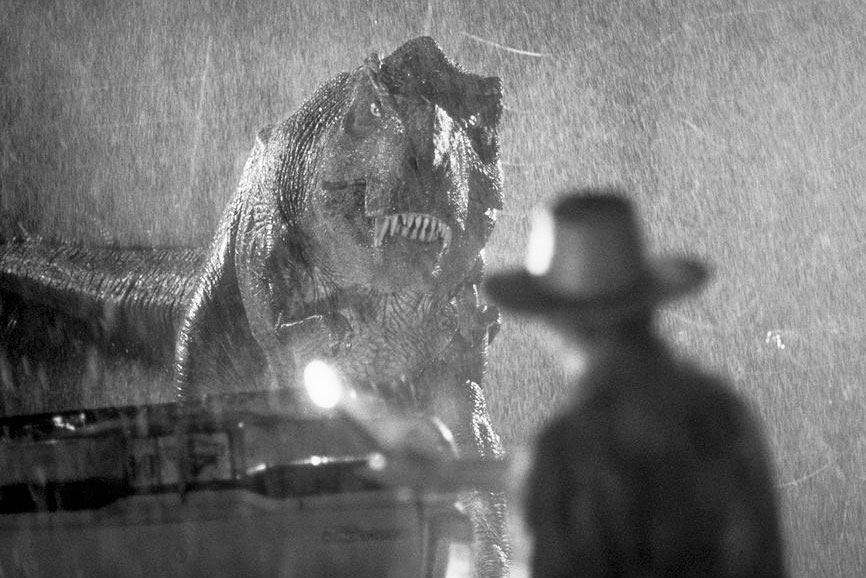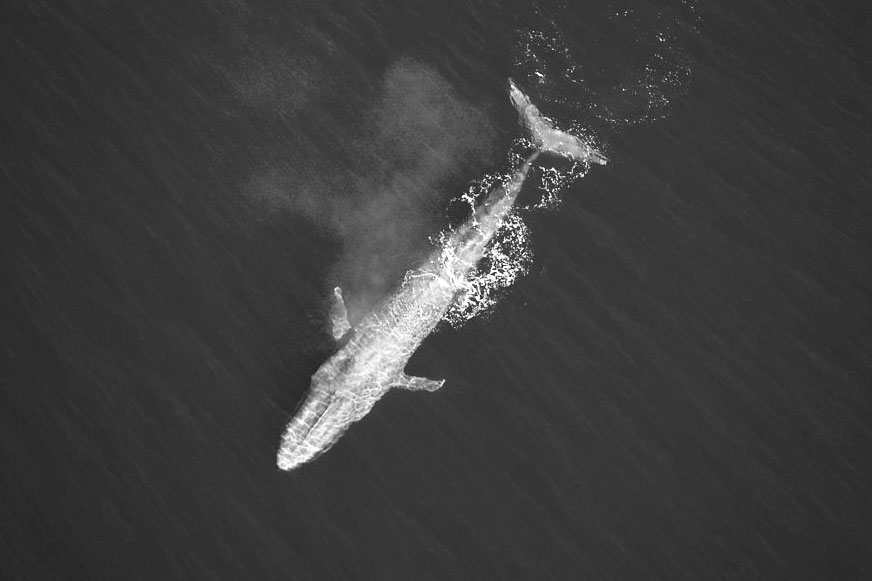7 Surprising Facts About the Age of Dinosaurs
For millions of years, the predominant class of animal on Earth was that of the dinosaurs — a name that comes from the Greek words for “terrible lizards” (even though dinosaurs were reptiles but not lizards at all). From around 252 million to 66 million years ago, these incredible creatures evolved in every corner of the globe, even Antarctica. Although the age of dinosaurs stretched far longer than humans have even walked upright (186 million years versus 7 million years), scientists have only been aware of the existence of dinosaurs for about two centuries, and our understanding of them changes almost daily as paleontologists uncover more secrets. These seven surprising facts explore the ever-fascinating world of these ancient “terrible lizards.”
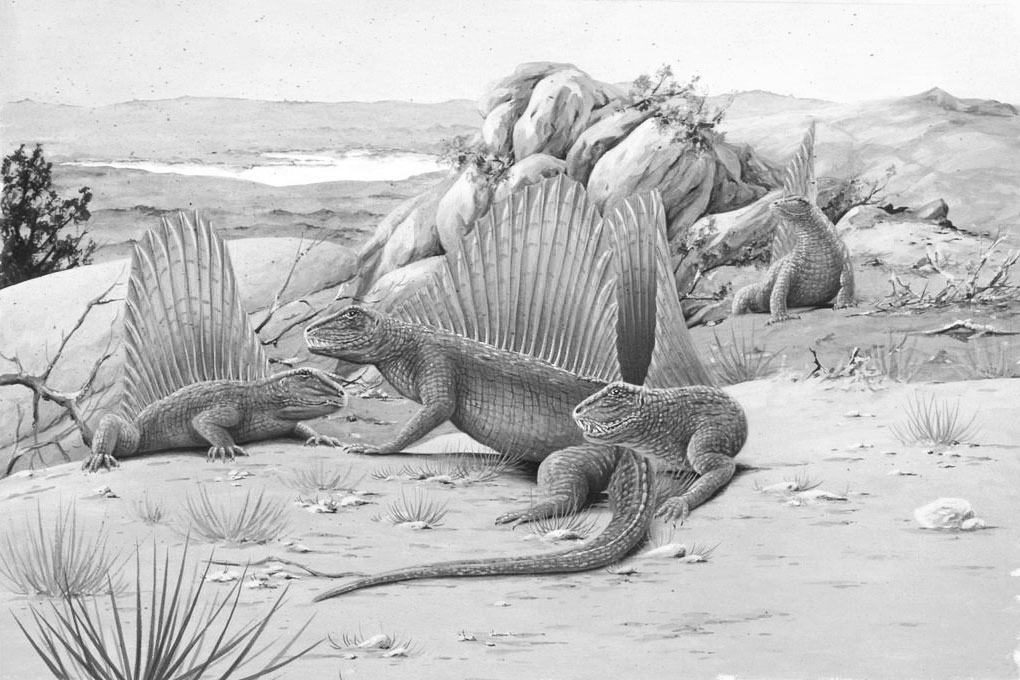
Two Mass Extinctions Gave Rise to the Dinosaurs
The Earth is no stranger to mass extinctions, having experienced five (and currently undergoing a sixth) in its 4.6 billion-year history. But none was quite so devastating as the Permian extinction, otherwise known as the “Great Dying.” Scientists are not certain of its cause (a leading theory is continuous volcanic eruptions in modern-day Siberia), but its deadly results aren’t up for debate: The world lost 90% of its plant and animal species. This cataclysmic event, which occurred around 252 million years ago, marked the end of the Permian Period and start of the Triassic Period. As life recovered from this biological trauma, various animals took root, including the Lystrosaurus, ichthyosaurs, and eventually, archosaurs — the ancestors of dinosaurs. The first dinosaurs appeared in the fossil record around 240 million years ago, and a second extinction, known as the Triassic-Jurassic extinction event, occurred around 202 million years ago, killing off many of their rival archosaur species. With less competition and larger ranges, the small dinosaurs were then able to thrive and evolve into the gigantic reptiles of the subsequent Jurassic and Cretaceous periods.
You may also like
Recommendations For You
-
01.
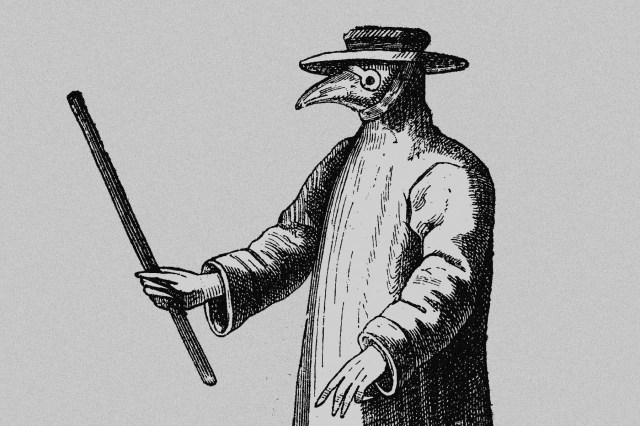 Science & Industry
Science & IndustryWhy Did Doctors Wear Beak Masks During the Bubonic Plague?
-
02.
 Science & Industry
Science & Industry5 Inventions That Came Out of the Great Depression
-
03.
 Science & Industry
Science & Industry6 Amazing Breakthroughs Made by the Ancient Greeks
-
04.
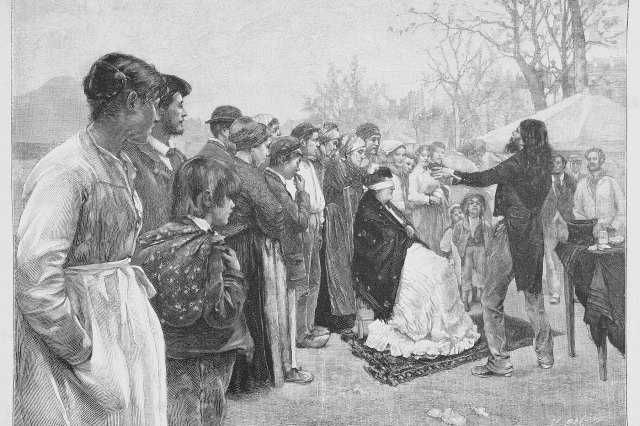 Science & Industry
Science & Industry6 Shocking “Scientific” Beliefs From Victorian England





